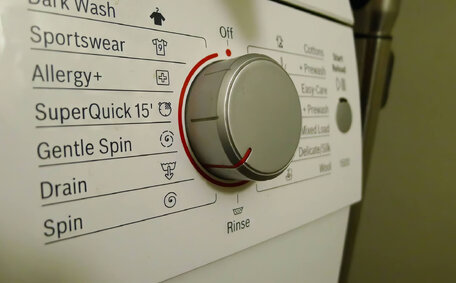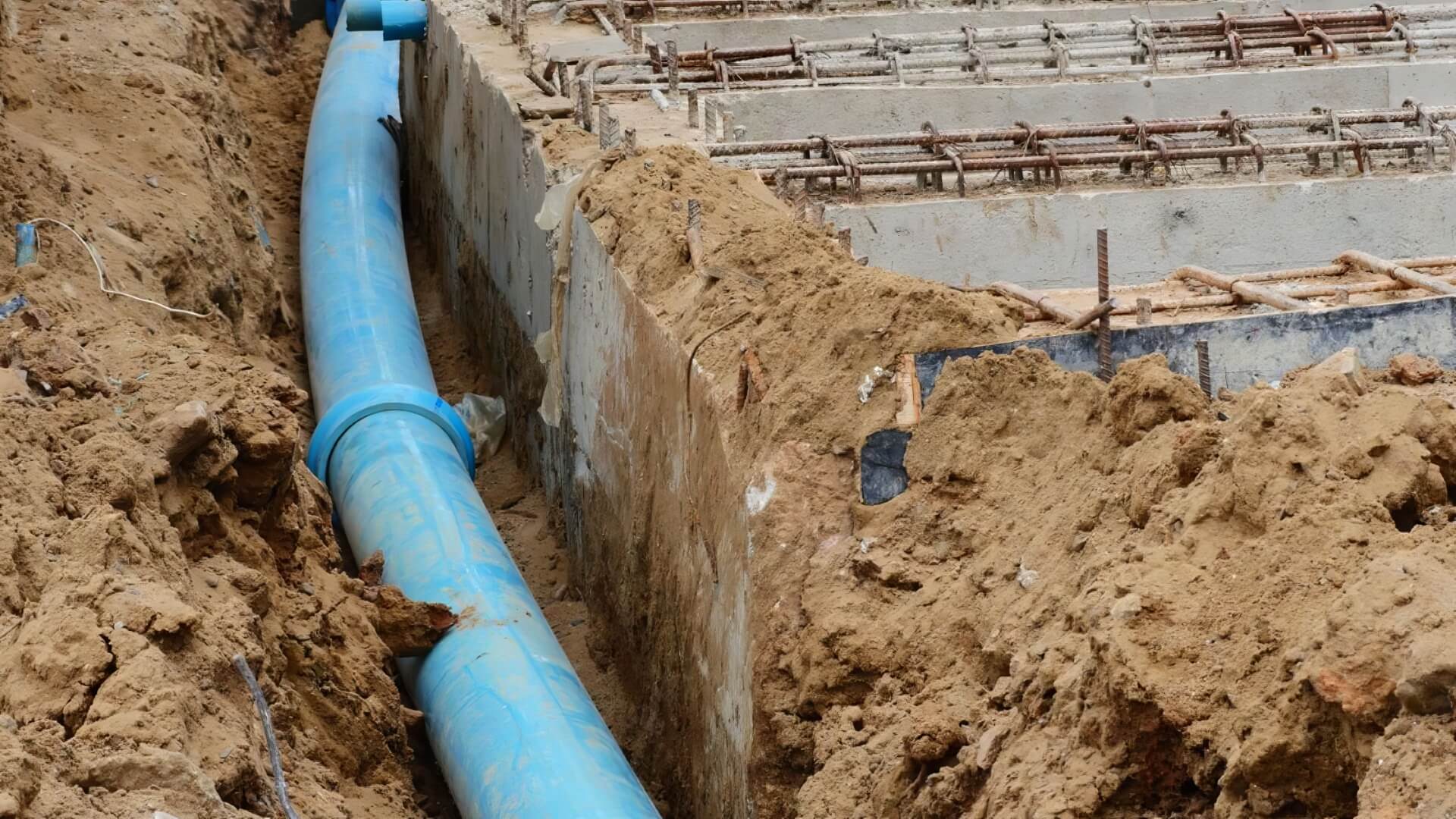Introduction to Cooking with Gas
Cooking with natural gas remains a popular choice for many homes and professional kitchens alike. Cooking with natural gas remains a popular choice for many homes and professional kitchens alike. Cooking with natural gas remains a popular choice for many homes and professional kitchens alike.
This responsiveness gives more versatility when cooking different foods.
Gas stoves have changed little over the decades, testament to their reliability. Maintenance is also straightforward, with only the burners and pipes needing occasional cleaning. Gas cooking provides consistent performance in most weather conditions, unlike electric stoves which can be impacted by power outages.
With gas stoves, what you see is what you get. With gas stoves, what you see is what you get. Many professional chefs prefer gas for these reasons.
This level of control and predictability lends itself well to intricate cooking techniques.
For homes, gas stoves offer faster boiling, simmering and searing than electric models. The instant heat and control provides similar capabilities as commercial kitchens. This allows home cooks to whip up restaurant-quality dishes with ease.
Faster Cooking and Heating Times
One of the biggest advantages gas stoves have over electric is their rapid heating capability. Electric stovetops can take 3-5 minutes to reach the same level of heat intensity.
Gas burners can reach full power in under a minute. This allows you to boil water incredibly fast.
The quick responsiveness of gas makes cooking far more time efficient. This enables quicker stir-frying, searing, browning, braising and blanching. This enables quicker stir-frying, searing, browning, braising and blanching.
You don’t have to wait for elements to warm up before tossing in ingredients.
Simmering with gas is also faster to both raise to temperature and adjust. Delicate reductions and sauces can be finessed without scorching. If a simmer starts boiling over, the heat is immediately reduced.
For deep frying, gas achieves the ideal oil temperature quicker. This ensures food fries evenly with a crispy exterior and tender interior. The same applies to shallow frying in skillets.
Heating rounds of pancakes or tortillas is far faster with gas burners. Successive batches cook quicker without waiting for the skillet to reheat. This enables serving piping hot food straight from the stove.
Rapid heating gives greater flexibility when juggling multiple dishes at once. Different burners can be turned up or down as needed for perfect timing.
More Precise Temperature Control
One of the most significant advantages of gas stoves is the precision temperature control they allow. With open flame burners, the heat intensity can be finely adjusted, letting you pinpoint any temperature for optimal cooking.
This level of control is far more difficult on electric stovetops. Their coils provide less variability between the lowest and highest heat settings. It’s harder to maintain delicate simmers or achieve the perfect sear.
The immediate temperature response of gas burners allows you to make quick adjustments during cooking. If a dish is heating too rapidly, the flame can be lowered in seconds. Some electric stoves are slow to cool down when reducing the heat.
With precise control, gas stoves can achieve iconic cooking techniques like stir frying in a wok and tempering spices in Indian cuisine. Crank up the heat for an intense sear then immediately reduce to a gentle simmer.
Gas gives a steady heat output that isn’t prone to fluctuations like electric coils. The open flames also spread heat more evenly across the pan bottom. This consistent temperature distribution results in reduced hot spots for superior cooking.
Higher Heat Output and Power
Gas stoves generate a higher heat output compared to electric models, making cooking more efficient. The burners produce flames reaching temperatures up to 3,622°F for rapid heating. This allows large volumes of liquid to boil quickly.
Higher BTU ratings indicate increased heat power. Gas stoves typically range from 5,000 BTUs for a small burner up to 18,000 BTUs for higher-output burners. This intensity is ideal for fast searing, frying and water boiling.
The greater power enables gas stoves to maintain high stable temperatures. Large stock pots will simmer vigorously without fluctuations. Woks reach the optimal heat for proper stir frying technique.
More heat output means faster preheating of oven bakeware like pizza stones. Gas ovens also recover quicker when the door is opened, so optimal cooking temperatures are regained rapidly.
In summary, gas stoves deliver higher performance for demanding cooking tasks. Their unmatched power results in faster heating times across all kinds of recipes.
Even and Consistent Heating
Professional chefs often prefer gas stoves due to the consistent heat distribution they provide across pots and pans. Gas burners emit flames that spread heat evenly over the cookware base. This differs from electric coils that can create hot and cool spots.
The open fire of gas stoves heats pots and pans directly by contact. This allows the cookware to heat consistently across the bottom, rather than relying on conduction from the stovetop. Heat is transferred efficiently for uniform results.
Electric coils, on the other hand, apply heat to the pan bottom inefficiently. Energy gets lost transferring from the stovetop to metal to food. Some parts of the pan absorb more heat than others.
Gas stoves maintain their precise temperatures for reliable outcomes batch after batch. Electric stoves are more prone to fluctuating heat levels during extended cooking, leading to variable results.
The consistent performance of gas gives chefs confidence in the reproducibility of their recipes. They can fine tune dishes knowing the stove will repeatedly deliver even heating for precision cooking.
Lower Operating Costs
Cooking with gas often costs less than electric stoves based on energy efficiency alone. Gas burners convert fuel to heat more effectively, wasting little energy compared to electric coils.
Studies show gas stoves and ovens can be around 30-40% cheaper to operate per year than electric models. These savings quickly add up, justifying the initial expense of switching.
Gas cooking also utilises energy in a targeted manner. Burners release heat right where it’s needed, rather than slowly warming a whole electric range surface. This efficiency further reduces running costs.
Open gas flames require no warmup period either, unlike electric elements that use power just getting up to temperature. The instant on/off functionality helps minimise wasted energy.
Well-maintained gas appliances tend to experience less heat and efficiency loss over time. Savings continue in the long run compared to the degradation of electric stoves.
With rising energy prices, gas makes economic sense for many homes. The lower operating expenses allow households to enjoy fuel-efficient cooking without overblown power bills.
Reliability in Power Outages
One of the biggest advantages of gas stoves is they remain operational during power outages. Gas burners can still be lit manually with a match or igniter when the electricity is cut.
This reliability provides vital cooking capabilities when the power goes down. Refrigerated/frozen foods can be used to avoid spoilage. Hot meals can be prepared without reliance on backups like camping stoves.
Gas ovens will also run during outages once lit. No electrical ignition is needed to maintain the pilot light and continue baking, roasting or broiling. This gives gas ovens an advantage for cooking flexibility.
Electric stoves become unusable when the power fails. Cooking is impossible without electricity heating the coils or powering the range. Gas stoves provide an assurance your cooking abilities won’t be disrupted.
The reliability of gas makes it the preferred choice for many homeowners concerned about electricity dependence. Uninterrupted cooking gives peace of mind when harsh weather or grid issues occur.
Easier to Clean and Maintain
Gas stoves are straightforward to clean and maintain compared to electric models. The burners contain minimal parts to disassemble and wipe down. The drip pans under the burners can be removed for cleaning spills and drips.
To clean the burners, the knobs and caps are taken off to access the base. Any clogs in the gas ports can be cleared with a needle or brush.
These pieces can be washed by hand or in a dishwasher. The burner bases need only occasional wiping to remove residue.
The lack of electronic controls and elements means gas stoves have fewer parts to service. Maintenance involves basic steps like inspecting the gas lines and valves for leaks annually. Any needed repairs tend to be simpler without complex electronics.
For deeper cleaning, the burners can be lifted off to access beneath. The rest of the range top can be cleaned with household products. Compared to electric models, gas stoves provide straightforward maintenance at home.
Versatility for Various Cooking Techniques
A major benefit of gas stoves is the versatility they provide for diverse cooking methods. The responsiveness and control of the open burners allows the execution of specialised techniques used in various cuisines.
From Chinese stir frying in a hot wok to flipping tortillas over an open flame, gas stoves can achieve the precise heating needs of these dishes. The range of low to high heat also enables smoking and searing as well as gentle simmering and stewing.
The immediate temperature adjustments possible give cooks flexibility when sautéing meats and vegetables. Once browned, the food can be kept warm at lower heat while remaining ingredients are seared. Searing on high heat to seal in juices then lowering the temperature prevents overcooking.
Gas is essential for certain forms of cooking that rely on responsive burners and visibility. Delicate crêpes require cooking quickly over high heat while monitoring closely. Likewise, cooking the thin dough of naan bread is best achieved over a gas flame.
From charring peppers and eggplants over an open fire to frying chicken in a cast iron skillet, gas stoves provide the versatility home cooks need for diverse dishes.
Environmental Impact and Efficiency
While cooking with natural gas is efficient in many ways, it’s important to consider the environmental impact. Gas stoves produce nitrogen oxides and carbon dioxide emissions from burning, contributing to air pollution and climate change. However, gas can have less emissions than an equivalent electric stove depending on how the electricity is generated.
Using energy-efficient gas appliances helps minimise environmental effects. Features like sealed burners prevent gas escapes while in use. Features like sealed burners prevent gas escapes while in use.
Choosing qualified technicians like St Marys Plumbing for gas installation also ensures air-tight fittings to prevent leaks.
Proper range hood ventilation is recommended during gas cooking to dilute and expel combustion byproducts. This protects indoor air quality alongside annual servicing of appliances. Upgrading older gas stoves to new sealed burner models significantly reduces emissions.
In terms of efficiency, gas stoves convert over 40% of their fuel source into usable heat. This makes them more energy-efficient for cooking than conventional electric resistance stoves. Gas ovens also use less electricity for the same cooking tasks.
For environmentally friendly and efficient gas cooking, homeowners can contact St Marys Plumbing. Our licenced gas fitters can advise the best gas stove choices while installing appliances safely.






